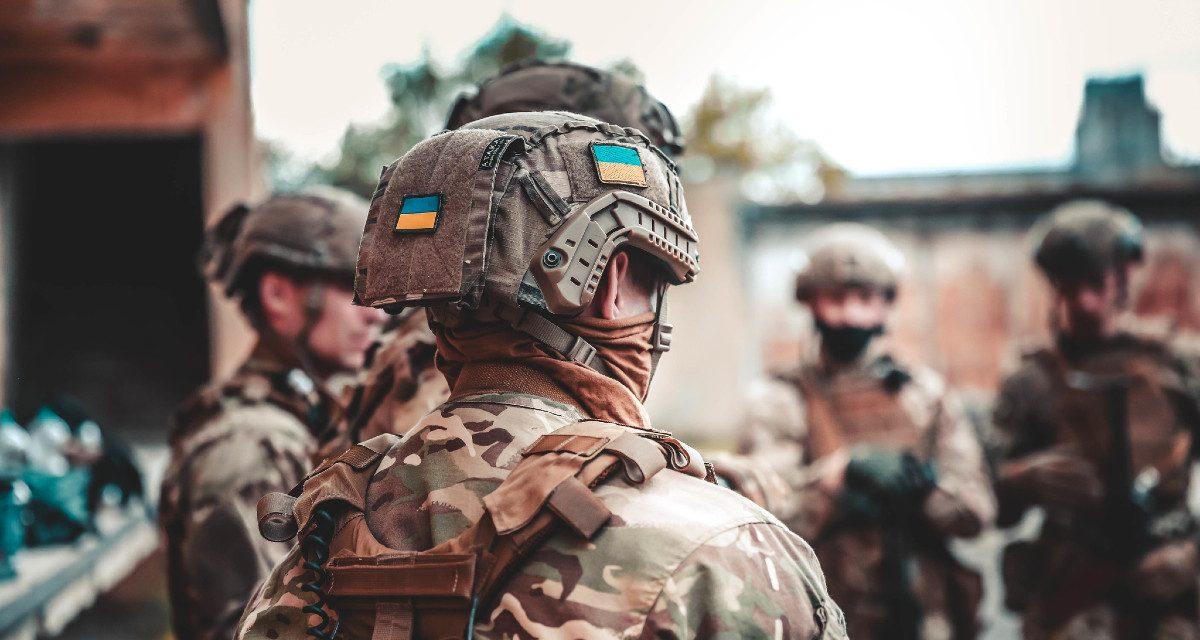Editor’s note: The Irregular Warfare Initiative has exciting news! In partnership with the Modern War Institute at West Point and Princeton University’s Empirical Studies of Conflict program, IWI generates written content and podcasts, coordinates events, and hosts critical thinkers in the field of irregular warfare as IWI fellows. The initiative now has a new online home, where you can read this article in full and follow all of the important work the IWI team is doing!
China’s gray zone conflict. Russian hybrid warfare. These terms have emerged to describe belligerent activities that standard US military operations struggle to address. Although these adversarial approaches remain central to today’s security environment, they are absent from the current joint doctrinal framework. Even the new joint doctrine note on strategic competition (JDN 1-22) fails to address hybrid warfare at all and there is only one mention of the gray zone. In fact, these two methods of conflict should remain front and center. Since the inception of joint doctrine, the United States has generally envisioned conflict in a linear fashion where peace and full-scale war occupy opposite sides of a continuum, with varying degrees of each in between. Doctrine’s evolution has made little change in this concept of a conflict continuum over time.
The 2022 US National Security Strategy and National Defense Strategy made progress in detailing a more comprehensive approach to conflict. But much more can be done to incorporate both deterrence and competition, as well as irregular warfare, into operational design. As Eric Robinson detailed in an Irregular Warfare Initiative essay in 2020, there are four foundational ways of responding to belligerents: traditional warfare, deterrence, irregular warfare, and competition. If planners adopted this framework, they would have a full spectrum of conflict design that would help them to integrate ends, ways, and means into a coherent campaign plan. And they would also be better able to understand the activities of the United States’ most important competitors.
Read the full piece at irregularwarfare.org.
Dr. Robert S. Burrell is an award-winning military historian and teaches interdisciplinary studies at Joint Special Operations University.
The views expressed are those of the authors and do not reflect the official position of the United States Military Academy, Department of the Army, or Department of Defense.
Image credit: Roxana Davidovits, Romanian Ministry of National Defence (via SOCEUR)

